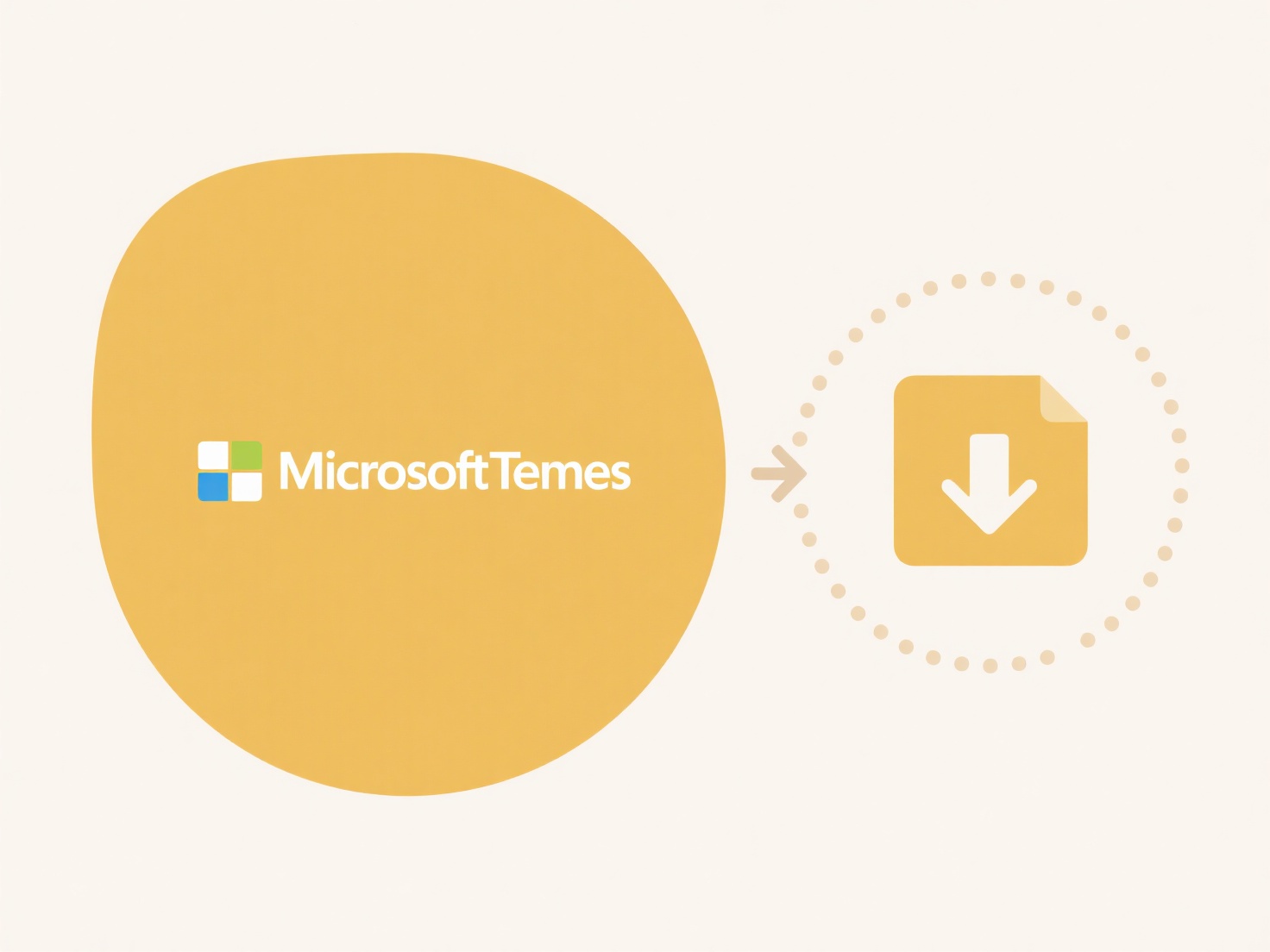
File unreadability across OS transfers primarily involves file systems and character encodings. A file system manages how data is stored/retrieved on a disk; Windows uses NTFS/FAT, Linux uses Ext4, and macOS uses APFS/HFS+. If the new OS lacks native support for the origin file system, it might not read partition details or interpret file pointers correctly. For text files, differing character encodings (like Windows' CP-1252 vs. UTF-8 elsewhere) can cause symbols, accented letters, or ideograms to display incorrectly or as gibberish.

For instance, saving a file on Windows with non-ASCII characters (like "résumé.txt") might encode it using CP-1252. If transferred to a Linux machine using UTF-8 as the default, the accents might render poorly. Similarly, an NTFS-formatted drive may be unreadable on Linux without third-party drivers. This commonly affects text documents, configuration files, or media with metadata across platforms like Windows Server, web applications, and cross-platform utilities.
Prevention strategies include using universal formats (like PDF or UTF-8 encoded text), network/shared storage solutions handling compatibility transparently (like Samba/NFS), or cloud services. Though tools (like NTFS-3g) exist to bridge these gaps, they may require setup and can sometimes corrupt files during conversion. Awareness of file properties and transfer tools mitigates issues but underscores lingering fragmentation in digital workflows.
Why does a file become unreadable after being transferred to another OS?
File unreadability across OS transfers primarily involves file systems and character encodings. A file system manages how data is stored/retrieved on a disk; Windows uses NTFS/FAT, Linux uses Ext4, and macOS uses APFS/HFS+. If the new OS lacks native support for the origin file system, it might not read partition details or interpret file pointers correctly. For text files, differing character encodings (like Windows' CP-1252 vs. UTF-8 elsewhere) can cause symbols, accented letters, or ideograms to display incorrectly or as gibberish.

For instance, saving a file on Windows with non-ASCII characters (like "résumé.txt") might encode it using CP-1252. If transferred to a Linux machine using UTF-8 as the default, the accents might render poorly. Similarly, an NTFS-formatted drive may be unreadable on Linux without third-party drivers. This commonly affects text documents, configuration files, or media with metadata across platforms like Windows Server, web applications, and cross-platform utilities.
Prevention strategies include using universal formats (like PDF or UTF-8 encoded text), network/shared storage solutions handling compatibility transparently (like Samba/NFS), or cloud services. Though tools (like NTFS-3g) exist to bridge these gaps, they may require setup and can sometimes corrupt files during conversion. Awareness of file properties and transfer tools mitigates issues but underscores lingering fragmentation in digital workflows.
Related Recommendations
Quick Article Links
Why can’t I revoke access to a shared file?
Revoking shared file access can be challenging because permissions are often persistent copies or tied to specific versi...
How do I group duplicates by file type for cleanup?
Grouping duplicates by file type organizes identical files based on their file extensions (like .jpg, .docx, .mp3) durin...
How do I save files directly to the cloud?
Saving files directly to the cloud means storing your documents, photos, or other data on remote servers accessed over t...